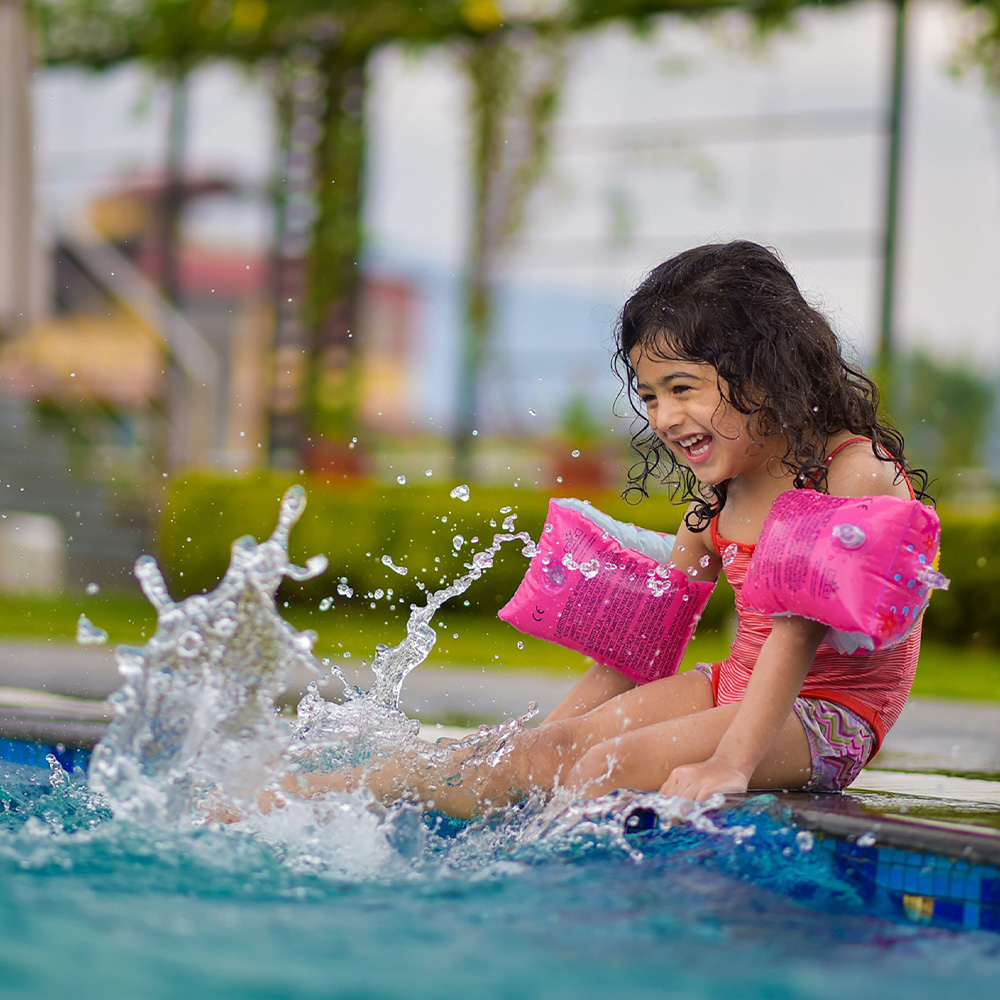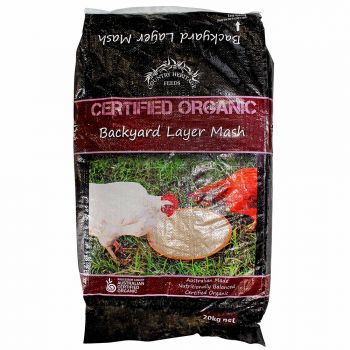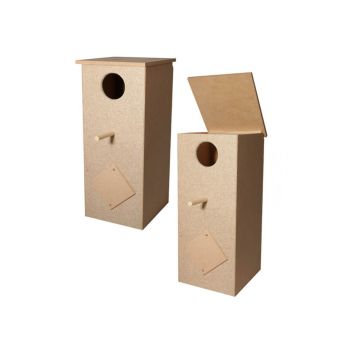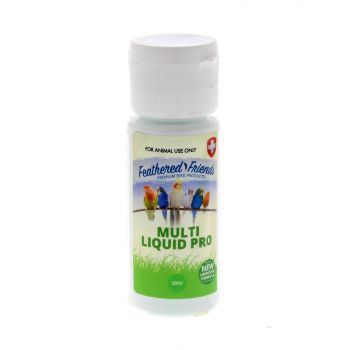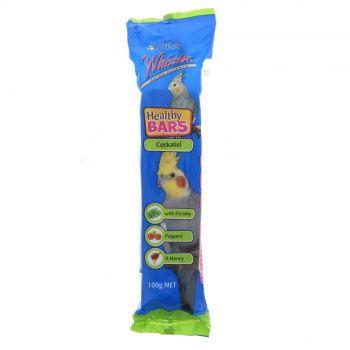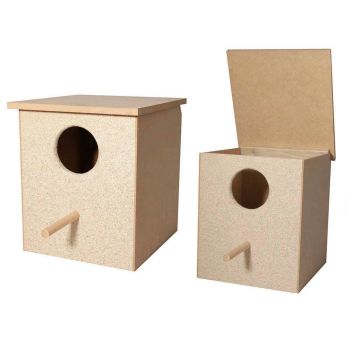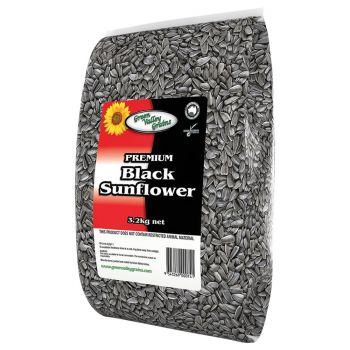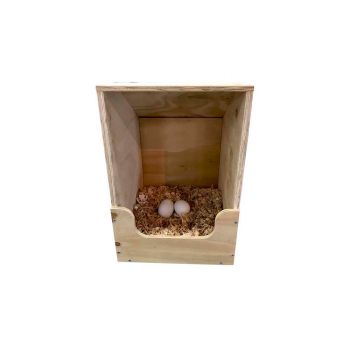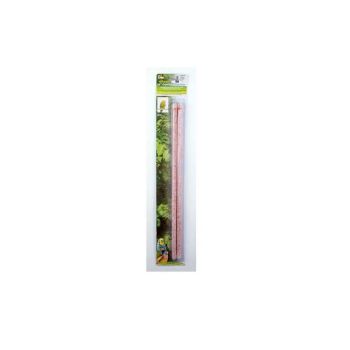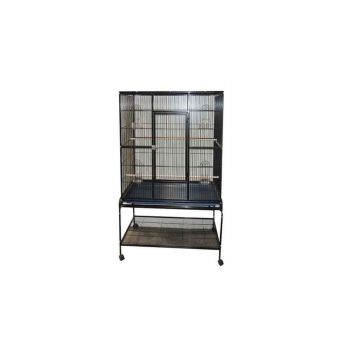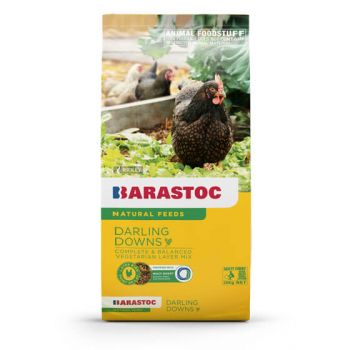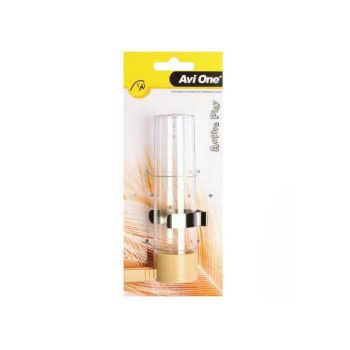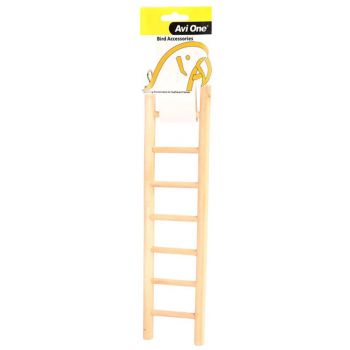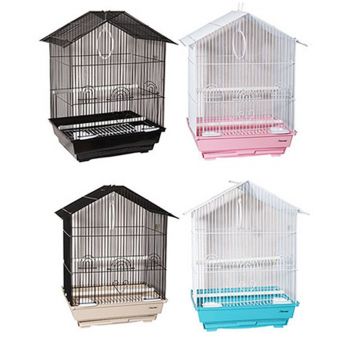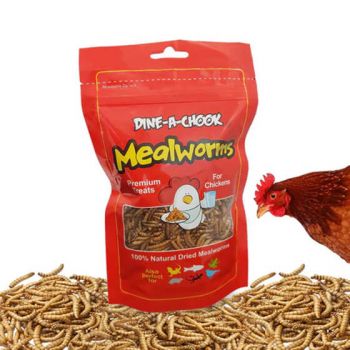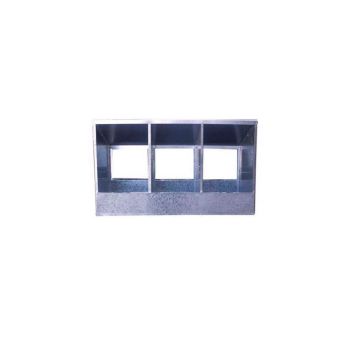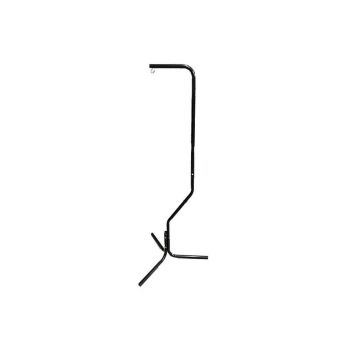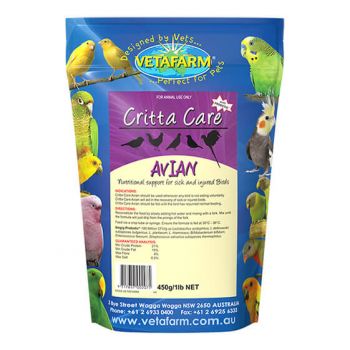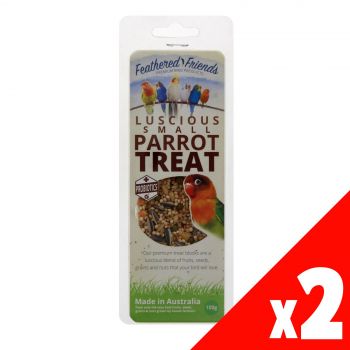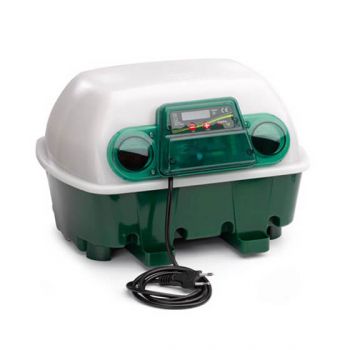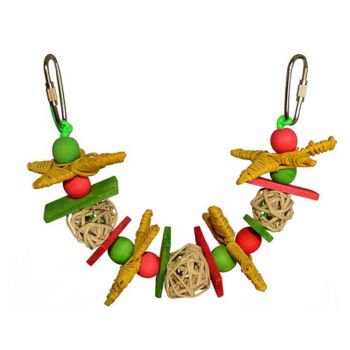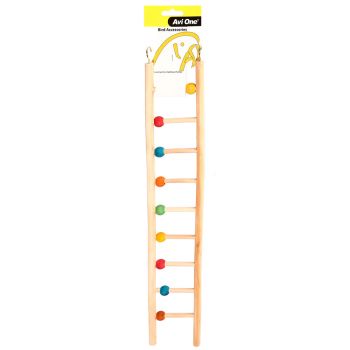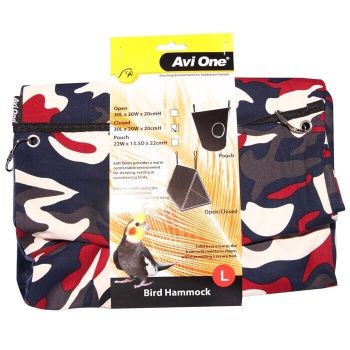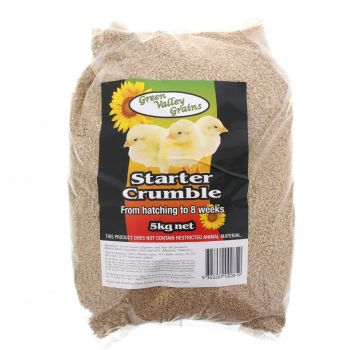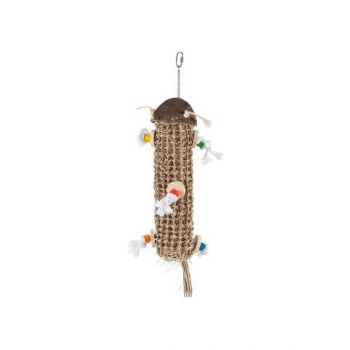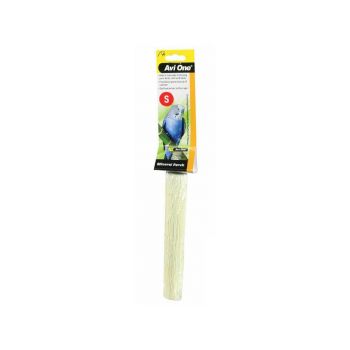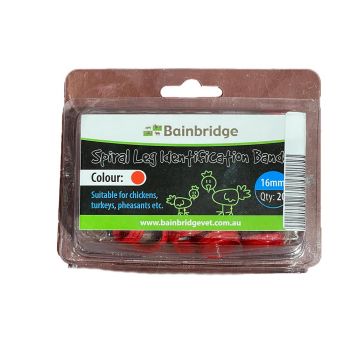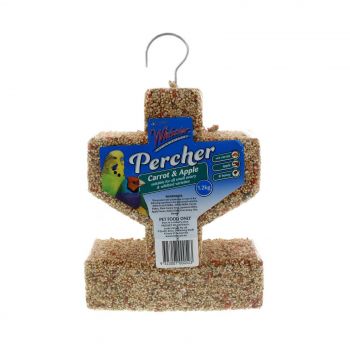HOW TO CARE FOR LOVEBIRDS - STEP BY STEP GUIDE
Lovebirds are a fascinating species of bird that can make great pets. They are small, vocal, and very social birds that mostly originate from Africa and one from Madagascar. There are eight different species of lovebirds, and each has its personality and quirks. In this guide, we will discuss the different Lovebirds and how to correctly keep them as pets. What are their requirements and what do you need to know before you bring one home?
Lovebirds come in a wide variety of colours and can be housed as individuals or in groups, however, it's best to have at least a pair as they are very social birds and much prefer a friend. Introduce them gradually if you have other birds in a cage. This will help to avoid bird squabbles. Some birds simply will never get along so you may need to consider a second cage to keep them separated.
Diet
It's advised not to produce a diet not high in protein as this can lead to kidney diseases in some cases. It's also best to avoid diets that are high in commercially produced bird seeds as they are often high in fat and low in many of the major vitamins that lovebirds require. Feeding a high-seed diet can increase the risk of obesity and other series problems such as lipoma (lump) formation and cardiovascular disease.
Every Lovebird is different so here is a recommended breakdown to follow.
- - 30 - 50% premium commercial pelleted diet suitable for Lovebirds. In some instances, feeding your lovebird more than 50% of pellets can result in problems. For the majority of lovebirds, it is not advised.
- - 20 - 35% vegetables (recommended vegetables include: capsicum, broccoli, chilli, corn, carrot, zucchini, squash, spinach, pumpkin, sweet potato, beans and peas) sprouted seed and native vegetation (most Australian blossoms and plants are okay to feed - ensure these are free of wild bird dropping contact) Fresh native grass varieties that produce small seeds on their stems are great for foraging and are encouraged.
- - 5 - 10% fruits (i.e. melons, strawberries, bananas, blueberries, grapes, peaches, pears and apples)
- - 10 - 35% quality commercial seed mix
- - 1 - 5% snacks for training and as treats (unsalted nuts like macadamia, cashew and walnut) pasta, eggs and brown rice.
Housing
Wallington's WRG stresses the importance of a good quality powder-coated or stainless steel cage that is appropriately sized. Some painted cages can contain lead elements which can be toxic to your bird so please take care when selecting your cage. Please take care when selecting a cage, as some that have been galvanized with zinc can cause difficulties.
Non-porous materials such as stainless steel or ceramic are easy to clean and, therefore, generally recommended. Plastic bowls can develop a hole over time, which can cause difficulties if germs accumulate in the crevices. Animals are also more likely to chew and swallow plastic debris with them.
Perches of various sizes are important for the exercise of the toes and feet health. They also help to promote the natural wear of their toenails. Natural perches from native threes and ideal as they are generally very in size anyway.
String and rope toys should not be offered since they are frequently frayed and might obstruct the digestive tract if eaten. If you're feeding your bird a balanced diet, cuttlefish and other supplements aren't required.
Environmental enrichment is highly recommended and encouraged. Simple things like utilising cardboard toilet rolls to hide goods and produce hours of entertainment for many birds.
Because long-day light exposure can stimulate excessive moulting and increase reproductive activity, it is important that your bird gets enough sleep. We can advise you to keep to a natural daylight length. If your bird is kept indoors in a well-lit room, you may want to cover the cage as the sun sets and place them in a dark area to prevent their day length from being excessive.
Common Diseases
One of the most common diseases that we see in lovebirds is an upset gastrointestinal tract. Lovebirds will often present for regurgitation, vomiting or diarrhoea. If you observe any of these symptoms, we recommend that you get the birds examined by a trained vet. There are several possible reasons for this, and if left untreated, it puts your lovebirds at risk.
Upper respiratory tract infections is a characterised by sneezing or ocular discharge and are common in young birds. Once again it is highly advised to take them to a vet as there can be a whole range of different causes for upper respiratory tract disease. Chlamydia is a common disease in young birds, and it's a serious one that can be passed among both humans and other birds!
Kidney disease can occur due to high-protein diets. This disease requires medical attention and can be quite serious. Clinical signs associated with this disease involve vomiting, lethargy and watery droppings.
Finally, reproductive diseases and behavioural problems are also quite common in lovebirds. It's best to have a regular check-up every 6 - 12 months as birds are very good at hiding illness. A regular check-up will allow problems to be detected early on before they worsen.
Things To Be Cautious Of
Lovebirds are generally very curious and sometimes get themselves into trouble with foreign objects. It is quite common for them to eat or chew on items that they shouldn't (jewellery, plastic toys, rope toys, electrical cords etc) If you are concerned that your bird may have eaten or chewed on something they shouldn't have, then please take them to a vet asap. We highly recommend keeping them inside their cage and not free roaming your home. This way they won’t be able to get anything they shouldn’t as hazardous items should be kept away from their cage at all times.
If you want to know more about Lovebirds or thinking about making one your new best friend, come and see us at 370 Grubb Road, Wallington or give us a call at (03) 5250 2056. You can also shop online 24/7 at wallingtons.com.au

